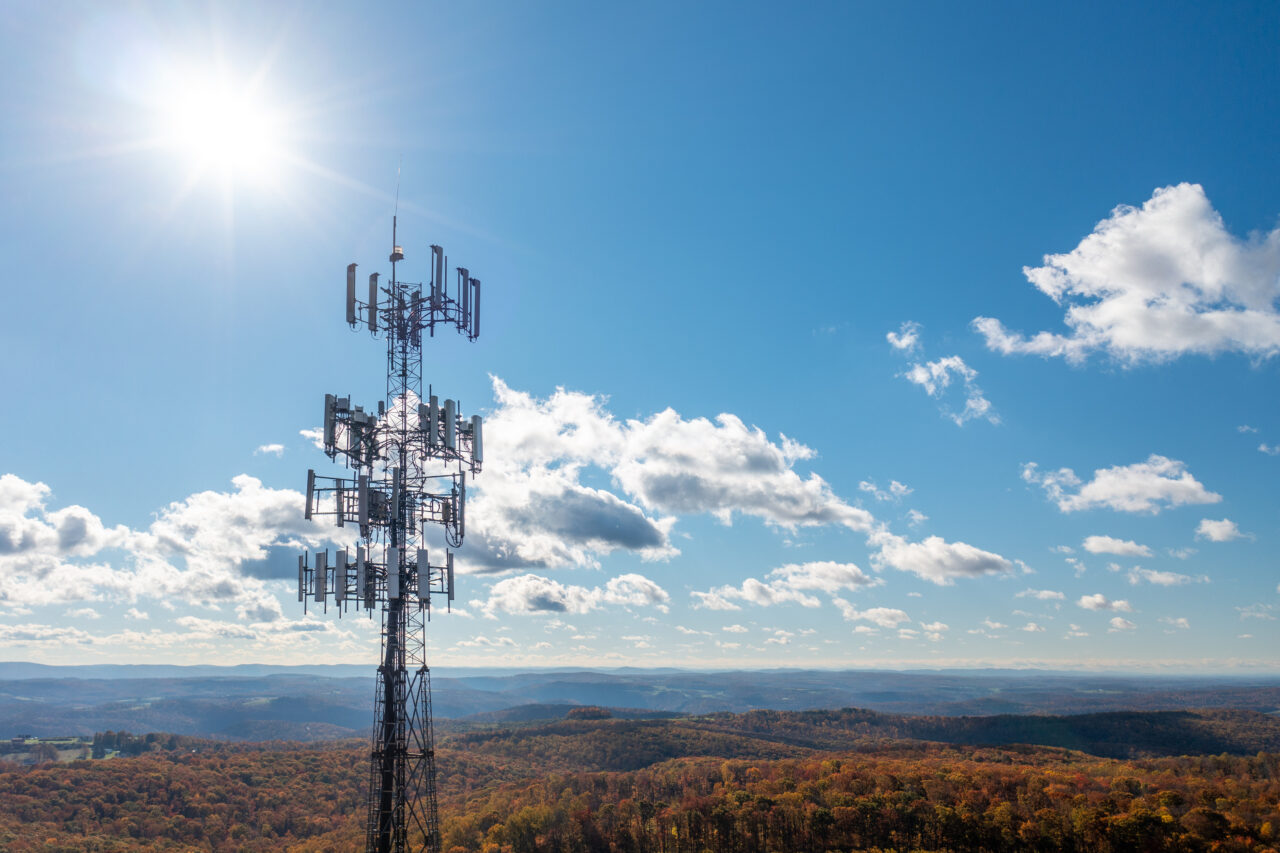
“The 904” is a large place in both physical size and number of residents, but it’s getting too big for its prefixes. They’re set to exhaust again by September 2024, so the Public Service Commission (PSC) set out Wednesday morning to address it.
Redrawing or drawing new area code boundaries isn’t all that different from political redistricting, in that communities of interest, natural boundaries and the like are taken into consideration. There are 60 service providers in “the 904” presently, covering local phone service, mobile phone service, voice over internet protocol and pager service. Currently, there are 60 usable prefixes remaining in the 904 area code.
There are six different plans on which the public can comment. But, according to the PSC, industry representatives are backing the first choice.
“A new area code is needed to replenish the supply of prefixes,” said Cecilia McCabe, an area code relief planner with the North American Numbering Plan Administrator, which is the neutral third party that assigns area codes and prefixes. “Generally, a new area code is introduced by one of two methods — a geographic split or an overlay.
“However, a split has not been implemented in the United States in the last 15 years. The geographic split method divides an existing area code, with one side retaining the old area code, and the other side changing to a new area code.”
The split is Alternative 6, which would take the existing 904 boundaries and cut a Jacksonville-sized doughnut hole out, ostensibly leaving most of metro Jacksonville with 904 area codes and surrounding areas and counties with a different area code. Area A, outside of Jacksonville, would have 33 years before the numbers exhaust, while Area B would have 26.
Since this sort of split hasn’t occurred in Florida in a generation, it’s unlikely. What’s more likely is some kind of overlay.
“With an overlay, the existing geographic area served by an area code is kept intact, and a new area code is added to the same geographic area,” McCabe said at Wednesday morning’s PSC workshop. “New customers, or customers adding additional lines, could be assigned numbers with the new area code. Once an overlay is implemented, the (Federal Communications Commission) requires 10 digits to be used to dial all calls using the area code and the seven-digit number, even for local calls.”
There’s also what’s called a boundary-elimination overlay, when the boundaries between two or more area codes are eliminated, and prefixes could be assigned in either geographic area. The state approved eight new area codes using the overlay method.
Alternative 1, the industry-preferred option, is an all services distributed overlay of a new area code within the existing boundaries covered by the 904 area code. The projected life would be around 29 years before another option is needed.
Alternative 2 is a boundary-elimination overlay between regions covered by the 904 and 386 area codes.
“The boundary between the 904 and 386 area codes would be eliminated, and new customers, or new lines, may be assigned from either the 904 or the 386 area codes,” said Sakina Deas, a PSC public utilities analyst.
The projected life for that option is nine years.
Alternative 3 eliminates the boundaries between 904 and 386 with an all services distributed overlay of a new area code, which would have a life of 26 years. Alternative 4 is more ambitious, a boundary-elimination between 904, 386 and 352, with an all services distributed overlay of a new area code, which would have a 17-year lifespan.
Alternative 5 eliminates the boundaries between 904 and 352, with an all services distributed overlay of a new area code, which would also have about 17 years before it exhausts.
The PSC will make its decision at its May conference.
The public comment deadline is April 6. Commenters should reference Docket 20220036-TP when commenting. They can send those comments to the clerk at [email protected], or mail them to the Florida Public Service Commission, Office of Commission Clerk, 2540 Shumard Oak Blvd., Tallahassee, FL 32399-0850.



